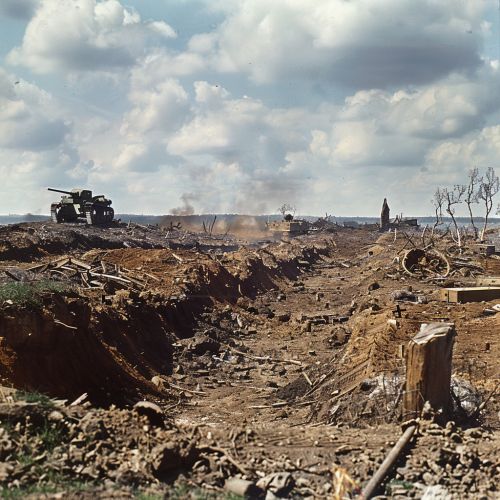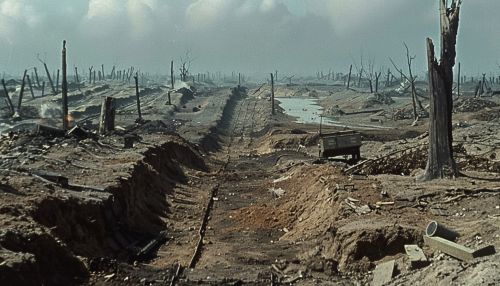Battle of France
Prelude to the Battle
The Phoney War period of World War II, which was marked by a lack of major military operations in Continental Europe, came to an abrupt end in the spring of 1940. The German Wehrmacht launched a swift and decisive campaign against the Allied forces, primarily France and the United Kingdom, which resulted in the fall of France. This military campaign, known as the Battle of France, lasted from May 10 to June 25, 1940.


German Strategy
The German strategy, known as the Manstein Plan or the Sichelschnitt Plan, was a daring and innovative approach to warfare. It involved a rapid advance through the Ardennes Forest, bypassing the heavily fortified Maginot Line and encircling the Allied armies in Belgium and northern France. This plan was a departure from the traditional Schlieffen Plan, which had been used in World War I and called for a wide sweep through Belgium to encircle Paris.
Allied Defenses
The Allied forces, primarily French and British, were confident in their defensive strategy. They believed the Maginot Line, a series of fortifications along the French-German border, would deter a direct German attack. The Allies also expected Belgium to be the main battleground, as it had been in World War I. However, they underestimated the speed and power of the German Blitzkrieg, or "lightning war", tactics.
The German Offensive
The German offensive began on May 10, 1940, with attacks on Belgium, the Netherlands, and Luxembourg. The main thrust, however, was through the Ardennes Forest, which was considered impassable by most military strategists at the time. The German forces quickly broke through the Allied lines, encircling the British Expeditionary Force and a large portion of the best French armies in Belgium.
The Dunkirk Evacuation
The encirclement of the British Expeditionary Force and the French First Army in the Dunkirk pocket led to a desperate evacuation effort known as Operation Dynamo. Over 338,000 soldiers were evacuated from the beaches of Dunkirk to England by a flotilla of military and civilian vessels in a remarkable feat of logistics and determination.
The Fall of France
With the British forces evacuated and the French armies in disarray, the German forces pushed on towards Paris. The French government, realizing the situation was hopeless, asked for an armistice on June 17. The armistice was signed on June 22, and France was divided into an occupied zone and a nominally independent Vichy France.
Aftermath
The Battle of France marked the end of the Phoney War and the beginning of a period of German dominance in Europe. It was a devastating defeat for the Allies, but it also marked the beginning of a determined resistance against the German occupation, both in France and across Europe.
